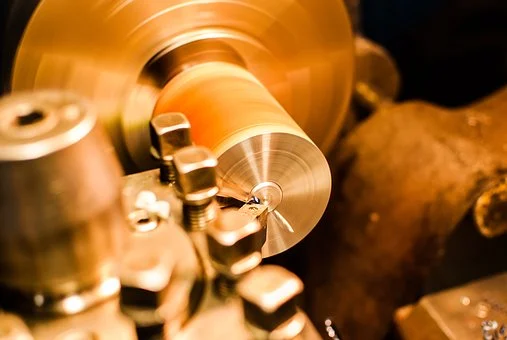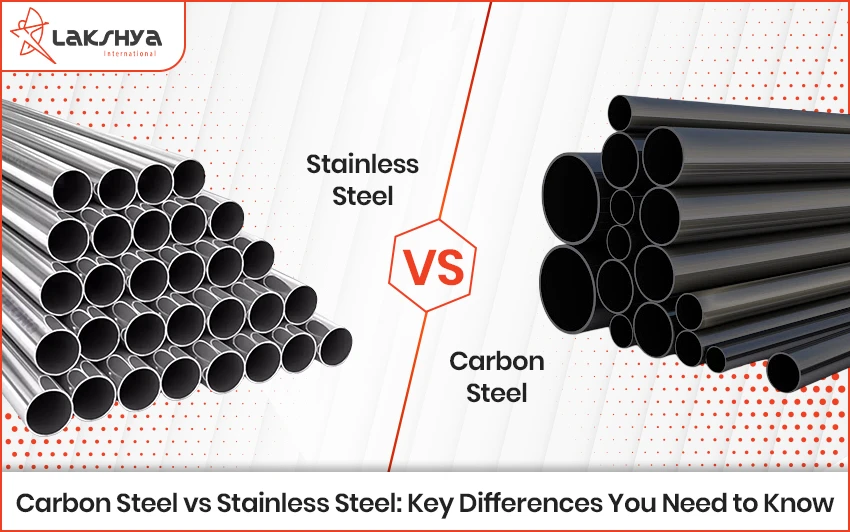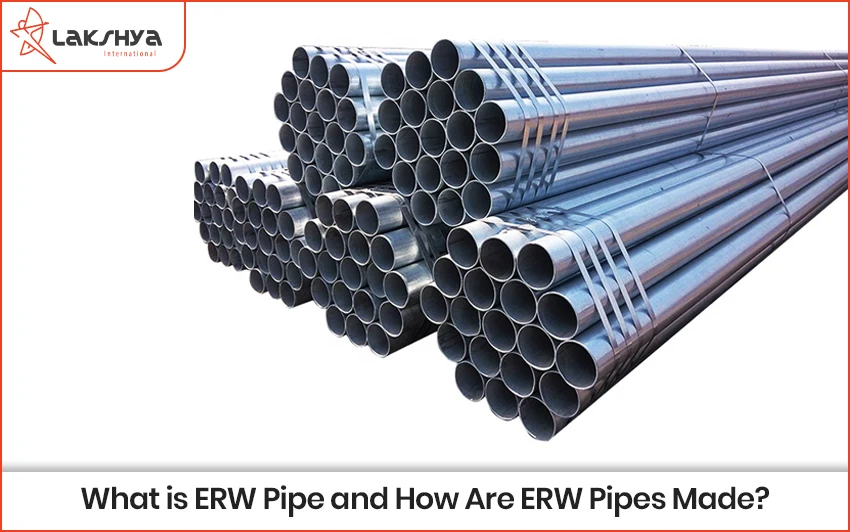Introduction:
Stainless Steel is a type of steel that contains at least 10.5% chromium and no more than 1.2% carbon – typically 17-4-1 stainless steel. In this article, you can learn more about the different types of stainless steel, applications for these metals, and the process by which they are made. In the world of manufacturing, there are many different types of steel. In this article, learn about what these different types of steel are and how they’re classified.
What are Stainless Steels?
 The word Stainless comes from the metal’s ability to resist corrosion without tarnishing or rusting. There are six groups of stainless steel based on their corrosion-resistant steel alloy composition. The most common type is 304 stainless steel, which contains 20% chromium. This makes it resistant to corrosion and has a higher melting point than other types of stainless steel. Stainless steel is a type of steel that may be used in the construction of cooking pans if it is iron or carbon steel. Stainless steels are a type of steel that is resistant to corrosion and can easily be maintained. They are primarily used in the commercial industry because of their high resistance to corrosion, which makes them useful for a variety of applications including food processing equipment, ships, locomotives, pipelines, and water storage tanks.
The word Stainless comes from the metal’s ability to resist corrosion without tarnishing or rusting. There are six groups of stainless steel based on their corrosion-resistant steel alloy composition. The most common type is 304 stainless steel, which contains 20% chromium. This makes it resistant to corrosion and has a higher melting point than other types of stainless steel. Stainless steel is a type of steel that may be used in the construction of cooking pans if it is iron or carbon steel. Stainless steels are a type of steel that is resistant to corrosion and can easily be maintained. They are primarily used in the commercial industry because of their high resistance to corrosion, which makes them useful for a variety of applications including food processing equipment, ships, locomotives, pipelines, and water storage tanks.
Types of Stainless Steel:
There are two types of stainless steel: austenitic and ferritic. Austenitic is a chemical composition that makes it hard to rust and corrode. Ferritic is a more reactive type of stainless steel that can cause problems, such as an iron sulfide precipitate called “siderite” if exposed to moisture or oxygen for a long time Stainless Steel (SS) is the classification of corrosion-resistant steel alloys, with excellent resistance to wear and tear, oxidation, and other adverse effects. SS alloys are said to be resistant to humidity, many acids, saltwater, chlorine gas, nitric acid, and salts of organic compounds. The type of stainless steel which is 304/304L/304H, along with the grade of stainless steel that’s Type 3 or Type 4 determines its properties. The first and most widely used type of stainless steel is 300 series stainless steel. This type is considered one of the toughest and most corrosion-resistant forms of all, and it is mainly used for kitchen sinks, food processing equipment, and cookware. In the last few years, 304 grade has been mostly used due to its increased resistance to corrosion, but 316 grade is also a popular-it not only resists corrosion but also retains far more heat than 304. Type 321 grade is often used in medical equipment because it doesn’t have any magnetic properties that could interfere with MRI machines.
What is a Dimension?
Stainless steel is a classification of metals. It is created when iron or other elements are heated and mixed with a certain percentage of chromium. Stainless Steel is classified according to the amount of Chromium in it, which determines how it is classified. So, stainless steel can either be 400 series or 300 series. The higher the number, the more Chromium in the metal and the better quality it is.
How is Stainless Steel classified?
There are different grades of stainless steel. The higher the grade, the more corrosion-resistant it is. Some people would like to use high-quality stainless steel for their knives and other household items, but they can be expensive. It’s also possible to buy less expensive stainless steels that are still rust-resistant but do not hold an edge as well. Stainless Steel is a type of steel that has been vacuum melted and then quenched in a bath of molten salt and water. This makes it more resistant to corrosion than its carbon counterparts.
Applications for Stainless Steels:
Stainless steel is a broad term to describe any material with alloying elements which retain its magnetic properties at normal temperatures. It is therefore considered to be corrosion resistant. Even though it is less reactive to chemicals than other types of metals, it can still be oxidized. Other terms used for stainless steels are high-chrome-molybdenum alloys and austenitic stainless steels. Stainless steel is an alloy of iron and carbon. It has excellent corrosion resistance because it can resist up to 1,000 times more than stainless steel with chromium. Stainless steels are also the most common metals for non-magnetic applications.
Conclusion:
Stainless Steel is a type of steel that has been hardened by a process called cold rolling. This process reduces the number of atoms in the material and strengthens it making it more durable. It is then protected from corrosion by chromium or nickel which forms a layer on the outside that resists oxidation, as well as from loss of metal from the surface through a variety of processes.




